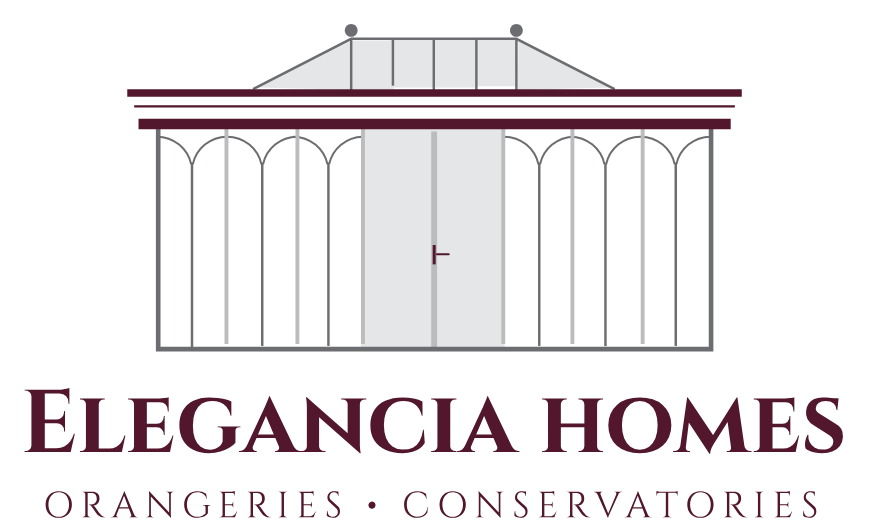Right then, let’s talk orangeries! I recently had a fantastic chat with George, a seasoned architect with a real passion for seamlessly blending new extensions with existing homes. Specifically, we dived deep into the crucial topic of material selection, focusing on that perfect orangery finish. George’s insights were gold dust, and I’m buzzing to share them with you.
“So George,” I started, settling into my comfy chair, “what’s the biggest pitfall people face when choosing materials for an orangery?”
“Without a doubt,” he said, leaning forward, “it’s forgetting the existing house! An orangery shouldn’t be a jarring add-on, it should feel like it’s always been there. Think of it as an extension of the home’s character. Start by really observing your property. What brick type was used? What’s the style of the window frames? Is the timber detailing ornate or simple?”
That’s a great point. Replicating the brickwork, for example, is paramount. George suggested taking a brick sample to a local reclamation yard. “Reclamation yards are treasure troves,” he explained. “You might even find bricks from the same era, giving your orangery an authentic feel. If that’s not possible, aim for a close match in colour, texture, and size. Remember, even the pointing style matters!”
We then moved onto timber. George emphasised the importance of matching the timber profile and finish to the existing windows and doors. “Consider the species of wood used originally,” he advised. “Oak, softwood, or something else? And what about the finish? Was it painted, stained, or left natural? Matching these details will create a cohesive look.”
For those with more modern properties, the approach is slightly different. Instead of slavishly copying, the aim is to complement. “With modern homes,” George explained, “you have more freedom to be creative. You might opt for a contrasting material, like sleek aluminium framed glazing, but still ensure it harmonises with the overall design. Think about the lines, the colours, and the scale of the existing building.”
Glass is another critical element. “The type of glass you choose can significantly impact the orangery’s appearance and performance,” George pointed out. “Think about glazing bars – do you want them, and if so, what style? Modern, energy-efficient glass is a must, but consider options like leaded lights or stained glass for period properties to maintain their original charm.”
But it’s not just about aesthetics. We also touched upon the practical considerations of different materials. George highlighted the longevity and thermal performance of timber compared to uPVC, and the superior sustainability of responsibly sourced wood. “Timber needs regular maintenance, granted,” he conceded, “but it’s a beautiful, natural material that, when properly cared for, will last for generations.”
We also talked about brick. “There are different brick qualities, the ones with higher clay content will be more impervious to damp”. George made the important point that this should also be considered if you are trying to match the style. If you use an inferior damp product you will be creating a problem that may last a lifetime
And what about sourcing these materials? George recommended building relationships with local suppliers. “Talk to them about your project and explain your requirements,” he said. “They often have a wealth of knowledge and can point you in the right direction. Don’t be afraid to ask for samples and visit other properties where they’ve supplied materials.”
Finally, and crucially, he warned that planning requirements and building regulations will influence your choice. “For listed buildings, you’ll need to be particularly careful to adhere to conservation guidelines,” George stressed. “A conversation with your local planning officer is essential before you even start thinking about materials.”
So, what did I learn from my chat with George? It’s clear that successfully matching materials for an orangery is about more than just picking something that looks nice. It’s about understanding the existing property’s character, considering the practicalities of different materials, and respecting the relevant regulations. With careful planning and a keen eye for detail, you can create an orangery that’s not just beautiful, but also a seamless extension of your home.


